Can I Eat Apples on The Low FODMAP Diet?
Great question! And the answer is, YES, you can eat apples on the low FODMAP diet, even during the Elimination Phase. Monash University and FODMAP Friendly have both lab tested Pink Lady Apples and green Granny Smith apples, and they have low FODMAP serving sizes.
In the image below, the two, thicker apple slices to the left, the small dice in the bowl (about 2 tablespoons), and the three, thinner apple slices on the right each represent a low FODMAP serving of apples.
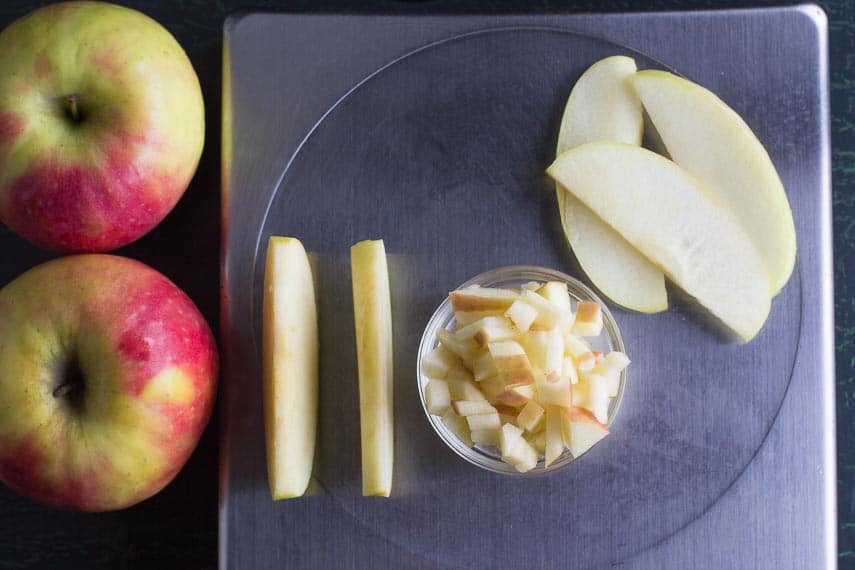
What Does It Mean When Monash University Lab Tests and FODMAP Friendly Lab Tests Differ?
This article will discuss lab findings from both Monash and FODMAP Friendly for a variety of apples and apple products. Their lab test results are very often not the same, which can appear confusing at first. In fact, both are accurate and trustworthy and the differences are not contradictory.
Before proceeding, please read our article, When Monash University and FODMAP Friendly Low FODMAP Lab Test Results Differ.
How Much Apple is Low FODMAP?
Monash University has lab tested both Pink Lady and Granny Smith apples, both peeled an unpeeled. They become Moderate (Yellow Light) for FODMAPs very quickly. Here is the low FODMAP serving size information, updated Q4 2024:
- Pink Lady Apples, raw unpeeled: low FODMAP serving size is 20g
- Pink Lady Apples, raw peeled: low FODMAP serving size is 23g
- Granny Smith Apples, raw unpeeled: low FODMAP serving size is 27g
- Granny Smith Apples, raw peeled: low FODMAP serving size is 26g
FODMAP Friendly has lab tested both Pink Lady and Granny Smith apples; their images show an apple intact, with peel:
- Pink Lady Apples, raw unpeeled: low FODMAP serving size is 31g
- Granny Smith Apples, raw unpeeled: low FODMAP serving size is 25g
PLEASE NOTE that each testing body found opposite findings. Monash labs showed Granny Smith apples to have a more generous serving size, while with FODMAP Friendly it was vice versa. Again, please refer to that article on differing lab results.
Let’s See How Much We Can Eat!
The images on this page are showing you the amount of apple that is OK to eat, even during the Elimination Phase! Of course you always have to listen to your own digestive reaction, but these serving sizes are a good place to start.
Dices & Slices
The dish in the middle the image above contains 20 g of diced apples. This amount could be added to oatmeal, granola or yogurt, or, multiplied up by serving size, diced apples could be added to quick breads, muffins, scones or even savory dishes like our Apple & Walnut Charoset or our Low FODMAP Curried Chicken Salad.
The slices of apple on the left are a little thicker; the slices on the right a little thinner, so you can have 2 or 3 slices.
Apples & Peanut Butter = The Perfect Low FODMAP Snack
Below you can see 3 approved slices with schmears of peanut butter; almond butter is great, too!
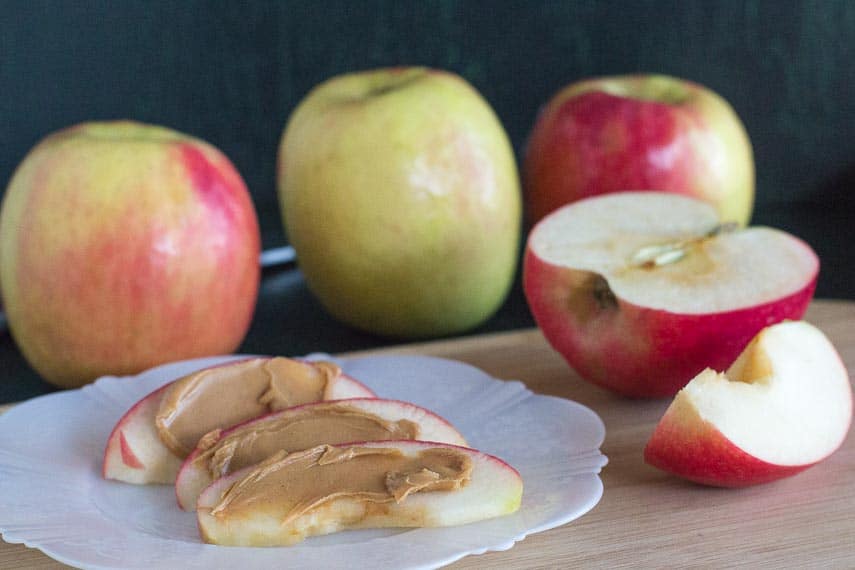
The wedge on the lower right of the image above is 20 grams as well.
The image below gives some perspective, showing my hand holding the 20 gram wedge of apple. That is a generous serving!
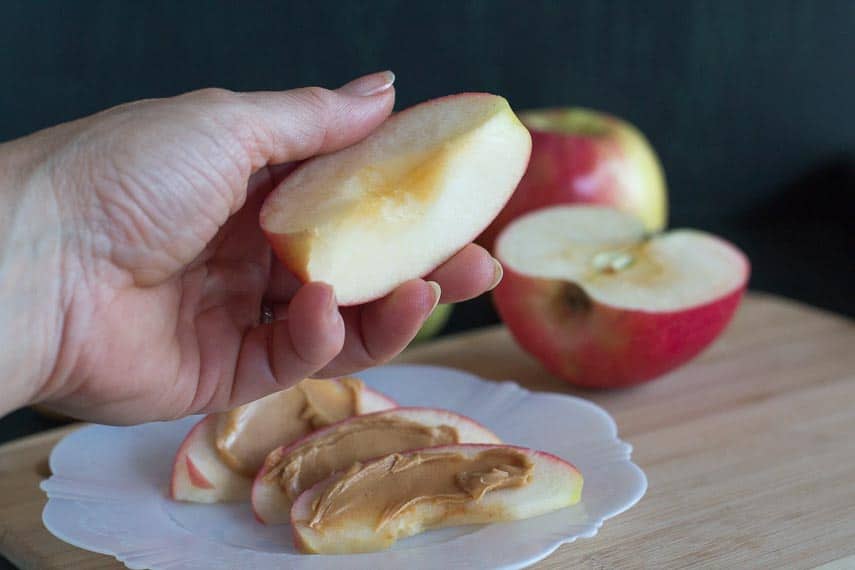
Get a Digital Scale
While following the low FODMAP diet it is incredibly helpful (we actually believe necessary) to own a digital scale. Serving sizes for raw ingredients are often represented in grams or ounces and you must use a scale to truly know what the acceptable amount is.
Our photos are an attempt to help you see what the serving sizes are.
We use an OXO Digital Scale in the Test Kitchen and find it to be well made, well priced and intuitive to use.
Can I Drink Apple Juice or Cider?
Apple cider has not been lab tested.
Reconstituted apple juice has been lab tested by Monash and is high FODMAP even at 100 ml or 105 g, with both fructose and sorbitol.
Extrapolations can be made for fresh cider and juice – but extrapolating about FODMAPs can steer us wrong, so be careful when you apply them. All you have to do is look at winter squashes (various kinds are not the same in terms of FODMAPs), peppers (also not the same), cabbages (again, not the same), etc.
But let’s look at the likelihood. Apples are rich in fructose and sorbitol. Reconstituted apple juice has shown similar. I would expect cider to be similarly high or probably higher, as it is not as filtered as is juice.
It is true that we do not know about smaller amounts, as Monash has not tested them. In order words, if you used ½ cup (120 ml) of apple juice or cider in a recipe but the recipe was divided into 4 or more servings, would that be low FODMAP? We don’t know.
Personally, I would not use during Elimination. Check with your Registered Dietitian and put on your list to try during your Challenge Phase.
Can I Drink Apple Concentrate?
FODMAP Friendly lab tested apple concentrate and found that ZERO amount of apple concentrate is low FODMAP. This is confusing, because apple concentrate has been used in small quantities in some products that have been lab tested and shown to be low FODMAP, such as Fody Blueberry Almond Snack Bars. For now, unless a product that contains apple juice concentrate is lab tested and certified low FODMAP, we suggest avoiding it during Elimination.
Remember, if a product is lab tested and certified as low FODMAP, it IS low FODMAP, even if it contains ingredients that you think of as high FODMAP, such as honey, apple juice concentrate, and even small amounts of garlic.
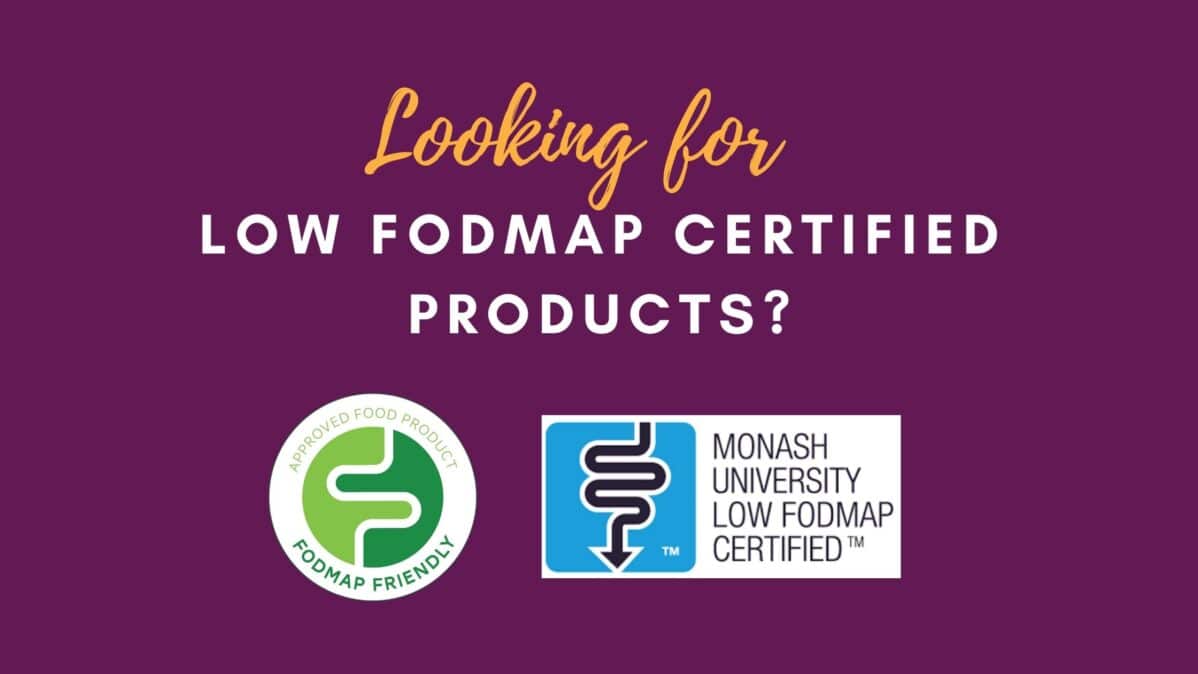
If you see a product that has either of the icons shown above, then that product has been lab tested and proven to be low FODMAP – at the serving size suggested.
Is Applesauce Low FODMAP?
Yes, applesauce has a small low FODMAP serving size.
Monash University has lab tested applesauce and it has a very small low FODMAP serving of 3 g, which is about ¾ of a teaspoon. It becomes Moderate for FODMAPs at 4 g, or 1 teaspoon.
Are Dried Apples Low FODMAP?
Yes, dried apples have a low FODMAP serving size.
Monash University and FODMAP Friendly have both lab tested dried apples, and here are their findings:
- Monash University tested 30 g dried apples, which show a high FODMAP amount. They did not test a smaller amount.
- FODMAP Friendly lab testing shows 7 g of dried apples as low FODMAP.
Is Apple Cider Vinegar Low FODMAP?
Yes, apple cider vinegar has a low FODMAP serving size.
Monash University and FODMAP Friendly have both lab tested cider vinegar, and here are their findings:
- Monash University states that apple cider vinegar is low FODMAP in 42 g (2 Australian tablespoon) amounts
- FODMAP Friendly states that apple cider vinegar is low FODMAP in 80 ml (2.8 fluid oz.), or 4 tablespoon amounts
Low, Moderate, High FODMAPs
As with many foods, there will be servings that are low FODMAP, in this case 20 grams (as shown on this page), Moderate in FODMAPs at 31 grams (peeled Pink Lady apples, according to Monash, moderate in sorbitol and fructose) and one apple at 200 grams is considered high FODMAP (high in sorbitol and fructose).
Read our article called High FODMAP Foods with Low FODMAP Serving Sizes, for more details.
Note that the line between Low and Moderate FODMAPS is very close. You need a scale to differentiate between Low at 20 grams and Moderate at 31 grams.
You may want to read: What are Polyols? Learn all about the “P” in FODMAP!, which discusses sorbitol, and also What Are Monosaccharides? Learn All About the “M” in FODMAP! which discusses fructose.
An Apple a Day?
You know the old saying, “an apple a day keeps the doctor away”? Well, we cannot eat a whole apple, unless our digestive system tolerates polyols and fructose very well, but we CAN have a few slices and that opens up a whole world of ways to enjoy this fabulous, fiber packed fruit.
Low FODMAP Apple Recipes
Here are some low FODMAP apple recipes to get you inspired:
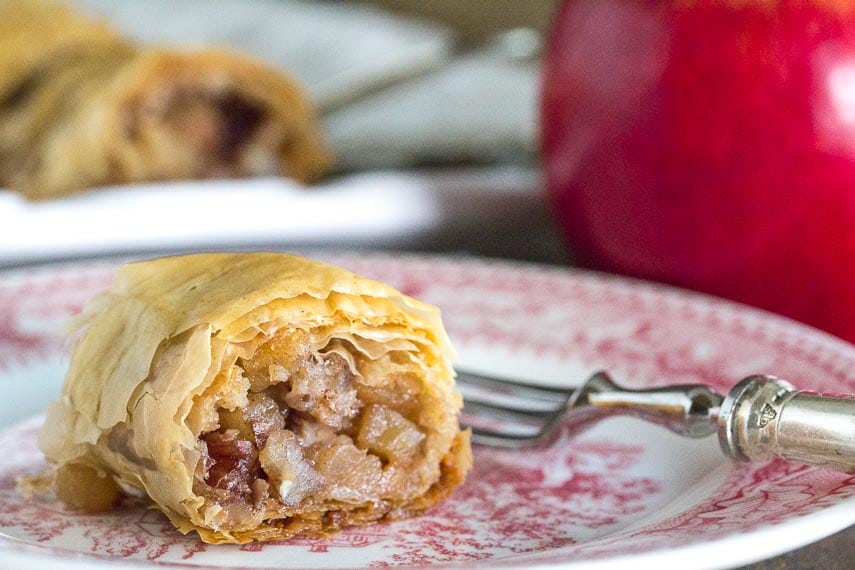
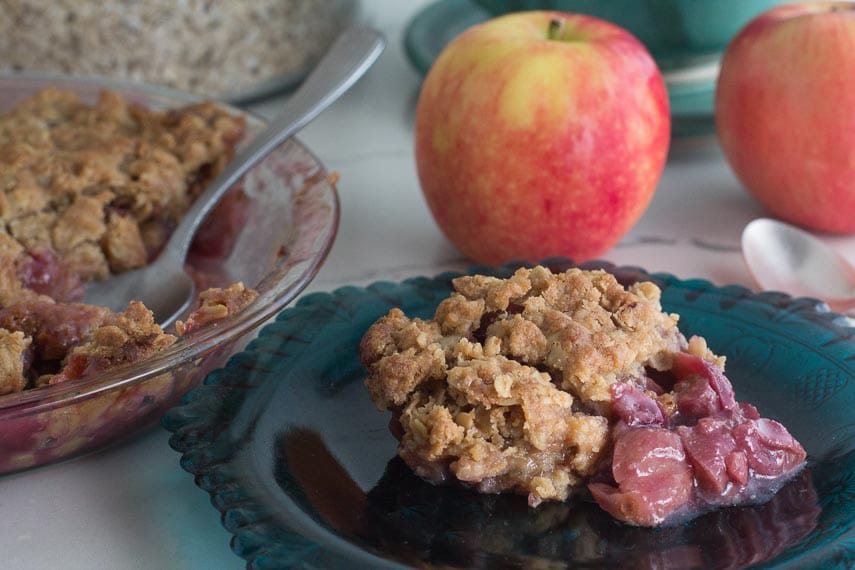

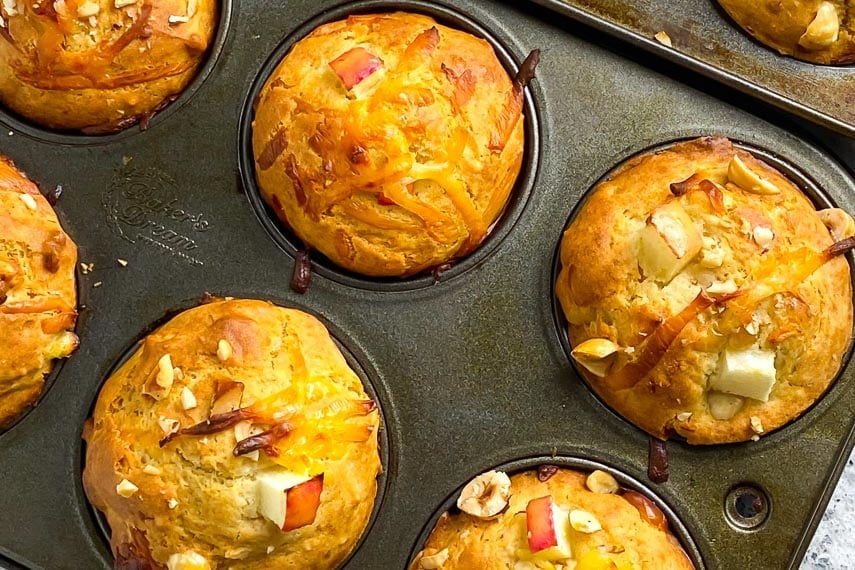
- Cinnamon Apple Breakfast Cookies
- Apple Muffins
- Browned Butter Apple Bars with Cinnamon Maple Frosting
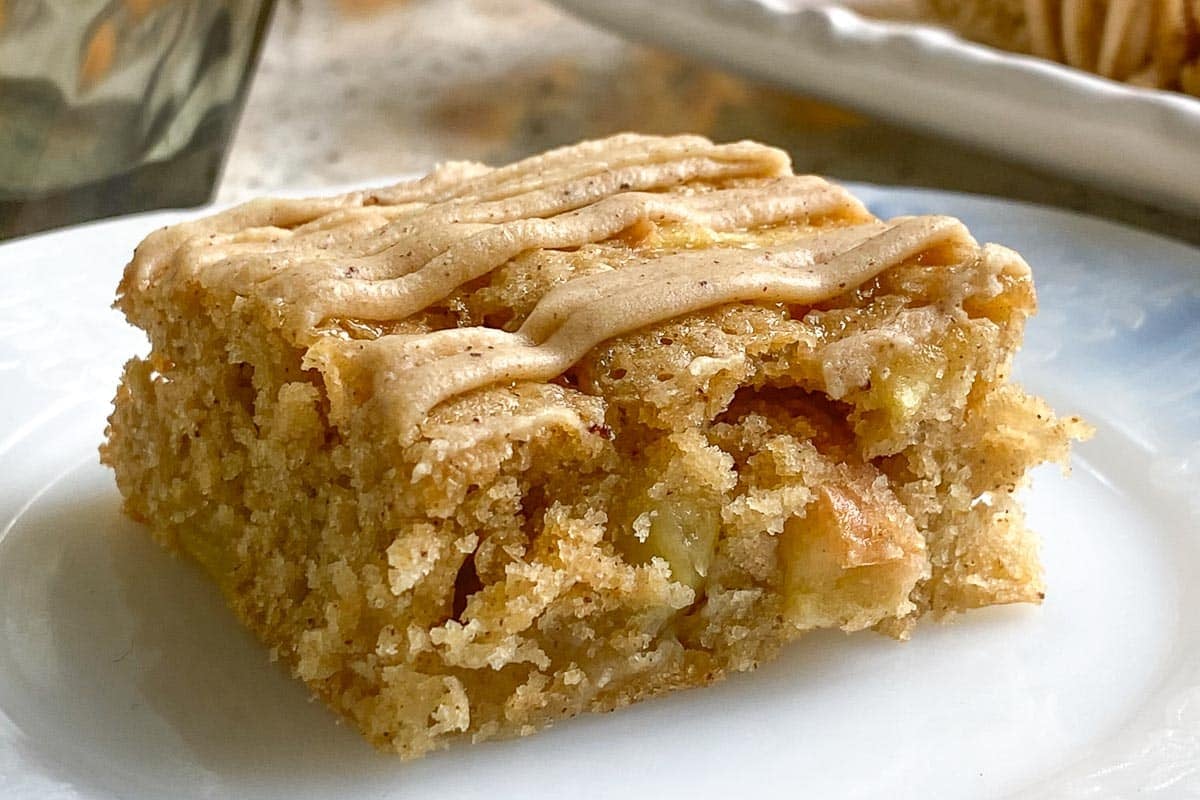
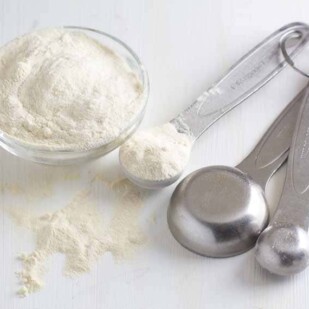
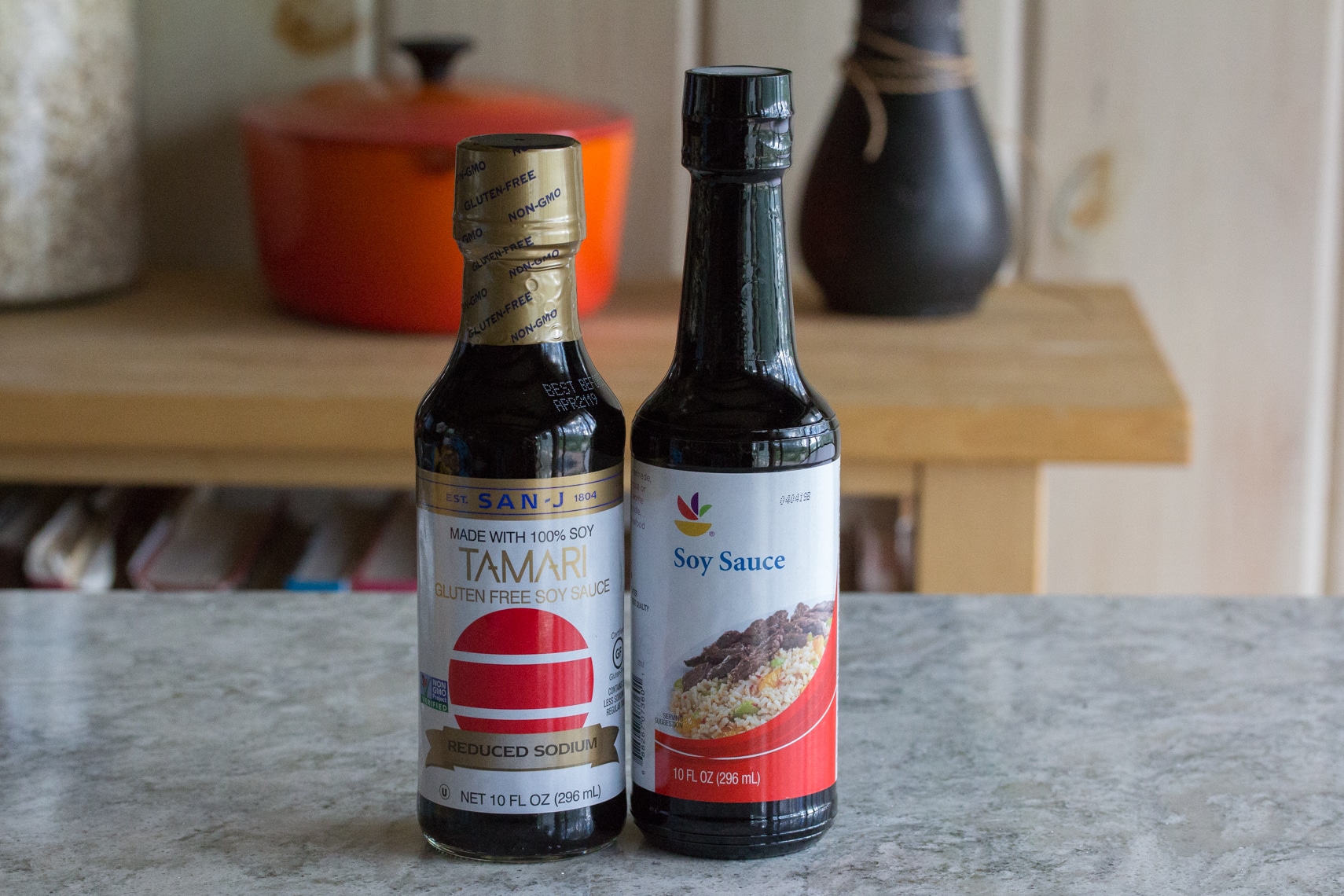
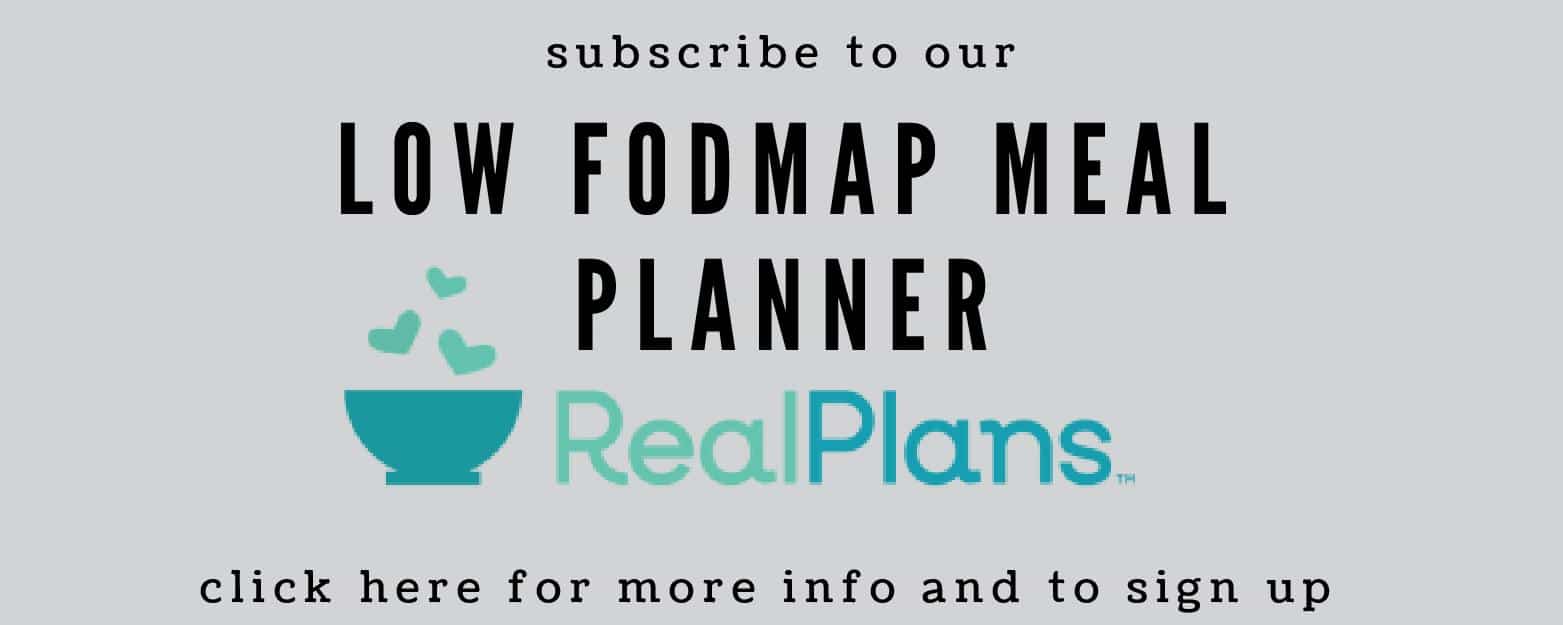
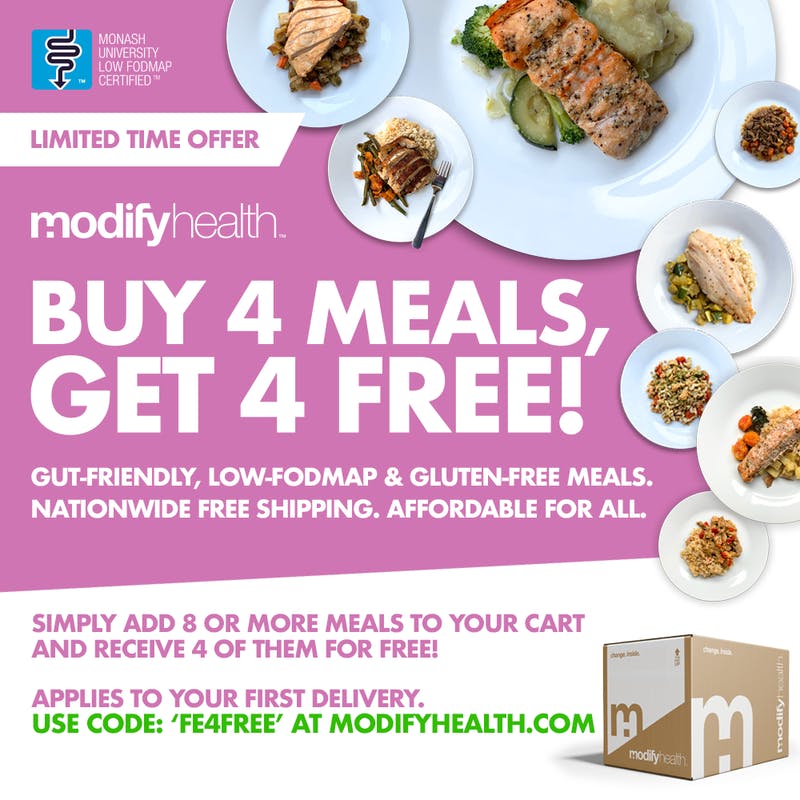




Im new to the fodmap diet.can anyone please give a link to a low fodmap list of foods that are also low in acid. I have dyspepsia and its very challenging with having to learn so much now to advoide naucia. Thank you so much
Hi Emily, this is the kind of question that is best addressed with a medical professional, such as a Registered Dietitian (RD or RDN), preferably one trained in FODMAPs. We do not offer medical advice and I have to say I have never seen a list of low FODMAP/low acid foods in particular. Consult your doctor or RD for a list of low acid lists that they approve for you and then cross-reference this with our lists and also the foods on the Monash University app. Yes, this diet takes work, but it is so worth it when you get a handle on your health! Take your time and look around the site. I am sure you will find many resources to help you.
Hello Dédé. About apples, is there any difference with or without the peel? Thanks in advance.
Cecelia, we highly recommend that you download the Monash university smart phone app. He will have this information at your fingertips. At the low and high levels they found no distinction between peeled in on peeled apples. For the moderate levels they have the tiniest bit of discrepancy. Of course this doesn’t make much sense but it is what the lab testing has told us. Again if you can take a look at the app it will make much more sense visually but the short answer is there is no difference.
Is it better if they are cooked.
Hi Annette, Monash has only tested apples raw. In general cooking will not affect the FODMAP load. One curious fact about the apples that they did test was that the FODMAP load did not vary whether they were peeled or not. Fun fact of the day! Ultimately what counts is how you tolerate them, so if you are an apple fan, certainly work them into your Challenge Phase to determine your personal reaction to them and in what amounts and frequency of ingestion.
Hi, do you think that apple pieces in tea would make the tea high fodmap? what about chicory root?
Chicory root is high FODMAP. If you mean can you take
a low FODMAP amount of apples
and steep them in your tea, yes you can. If you mean can you use a tea with dried apple pieces, then that is an unknown.
I can’t tolerate even a small bit of apple hidden in anything and I am in pain.
This is not unheard of. Just because something – anything – is low FODMAP, doesn’t guarantee that you will not trigger symptoms. This is exactly what we each discover during the Challenge phase. Everyone will come out with a unique FODMAP roadmap.